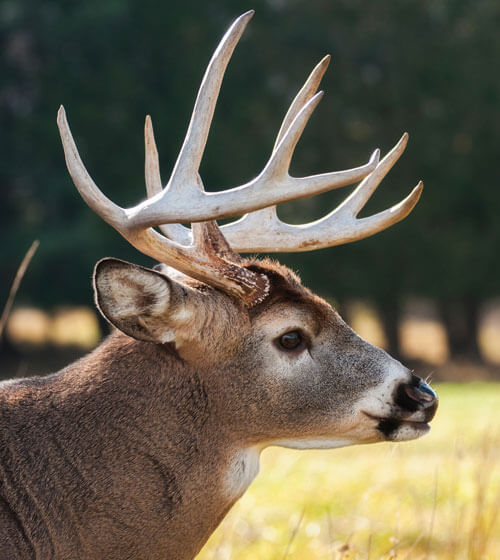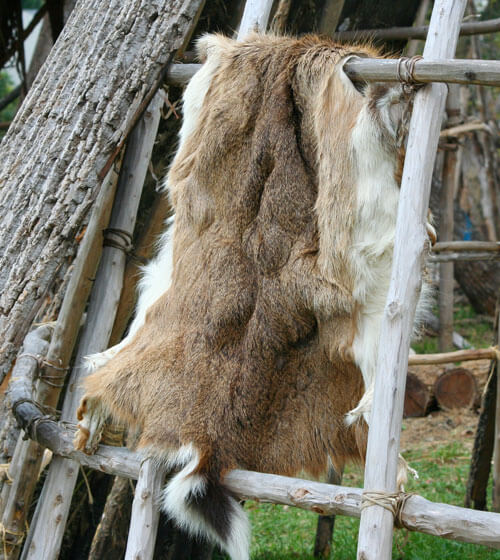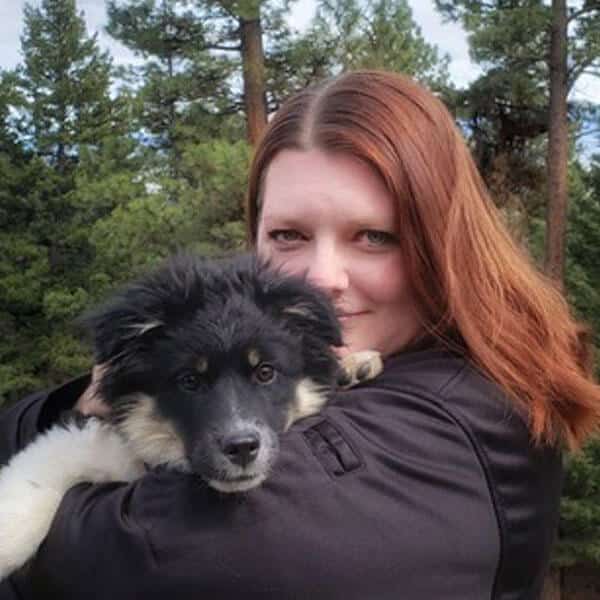Tanning Our First Hide
June 25th, 2019
3 minute read
There is something intensely satisfying about doing things yourself. Don’t believe me? Type the letters “DIY” into Pinterest. Sure, modern society has a lot of conveniences we all enjoy, but when it comes to meat, for my family there is nothing better than the first bite of a venison tenderloin that we had to work for. The security that a productive hunting season and processing the game animals to fill a freezer full of meat brings to a long winter is not something that can truly be explained to those who don’t hunt.
We seek to use as much of the deer as possible, and that includes the hide. Back home in northern Wisconsin as a kid, the hide went into the trash; we simply had no use for it. Out here in western Montana, however, where we seek to use everything we have available to us, tanning the hide seemed like a great thing to try doing. The key phrase there, by the way, was “try.”
The Good News
We found it to be a fairly simple process. Guided by how-to articles, YouTube videos, and the advice of a friend who is a long-time taxidermist, we were able to get the skin scraped and ready for salting a lot faster than expected.
We also learned that we didn’t need to purchase expensive chemicals or tools. I used a good old butter knife and the edge of the table I was working on—and the case of pickling salt we had on hand worked perfectly. Other things we needed for later stages, like Rubbermaid tubs, were also already here on the farm or easy to get.
There were so many ideas online for using the hide afterward that we had no doubts we’d be able to do something amazing with it when it was finished. I had dreams of all kinds of projects—none of which, I’ll admit, have been made yet.
The Bad News
The whole thing was quite messy. Some of that was due to our own inexperience; we had the skin laid out on a bunch of towels over a large picnic table for salting. The resulting mess underneath over the next two days was not fun to clean up.
While the animal’s brain is known to be the best tanning agent, my husband had dropped the deer in question with a .308 round to the head—and I decided on impulse after the kill that I wanted to tan the hide. In retrospect, my planning was poor; as a result, we had to make do.
Having zero experience with tanning, we were at the mercy of the internet. As with most other things, if you ask 10 people how to do something, you’ll get 11 answers—that was the case here as well. It was confusing trying to sort through what would actually work, what was just a sales pitch for a product, and what was really just a stupid idea.
What We Learned
While we managed to trudge our way through the process, we made a lot of newbie mistakes and learned a lot of lessons.
- Don’t use anything sharp for the initial scraping. Spoiler alert: it will go poorly.
- If you plan to tan the hide, make sure to save the deer’s brain.
- Watch out for ticks! Our hide had many ticks on it and ensuring they didn’t end up on us was an important part of the process.
- Where you do most of the work matters. We did ours outside and found ourselves swarmed with hornets and wasps who were quite interested in all of it.
- If you want to learn how to do something the “old way,” then find a source written back then, by someone who did it. For us it ended up being the third book in the Foxfire series, although there are plenty of other books that can help as well. It’ll cut down on your confusion.
While I won’t be opening a hide tanning shop anytime soon, it was a great project to do together and we plan to try it again this fall. Eventually I’ll get that pair of buckskin moccasins made.
Join the Discussion
Continue Reading
Did you enjoy this article?

 22
22








